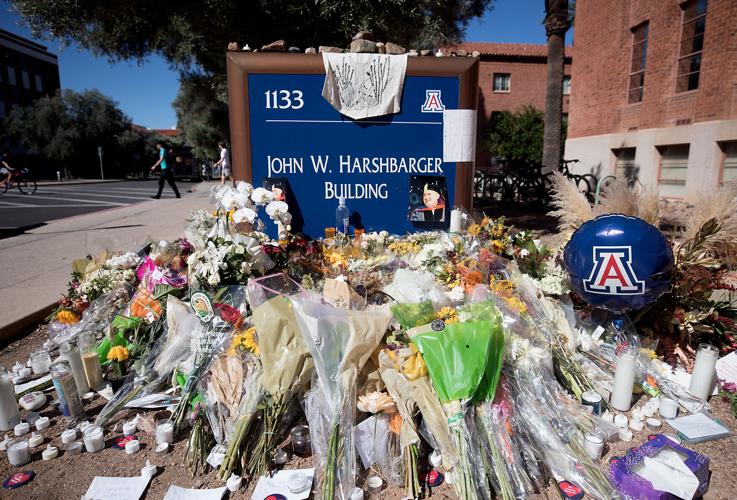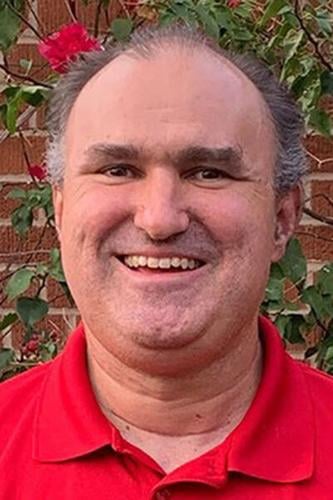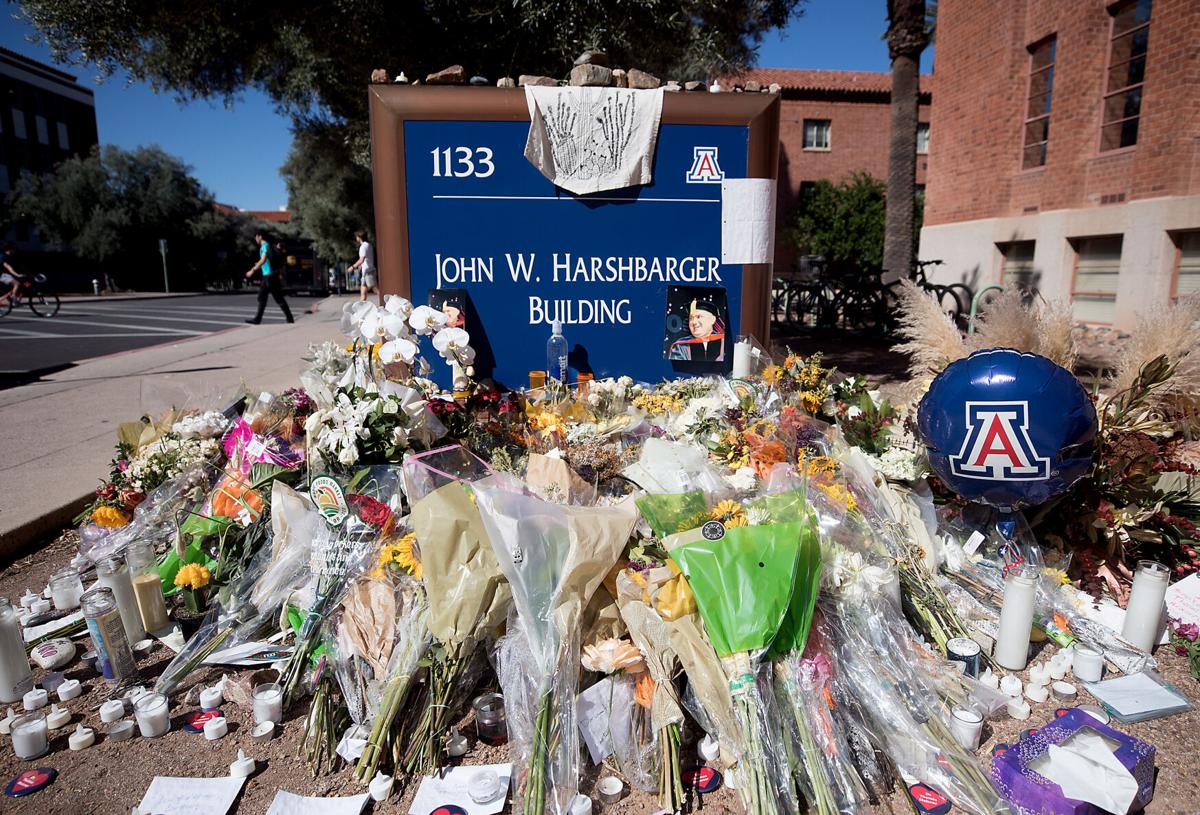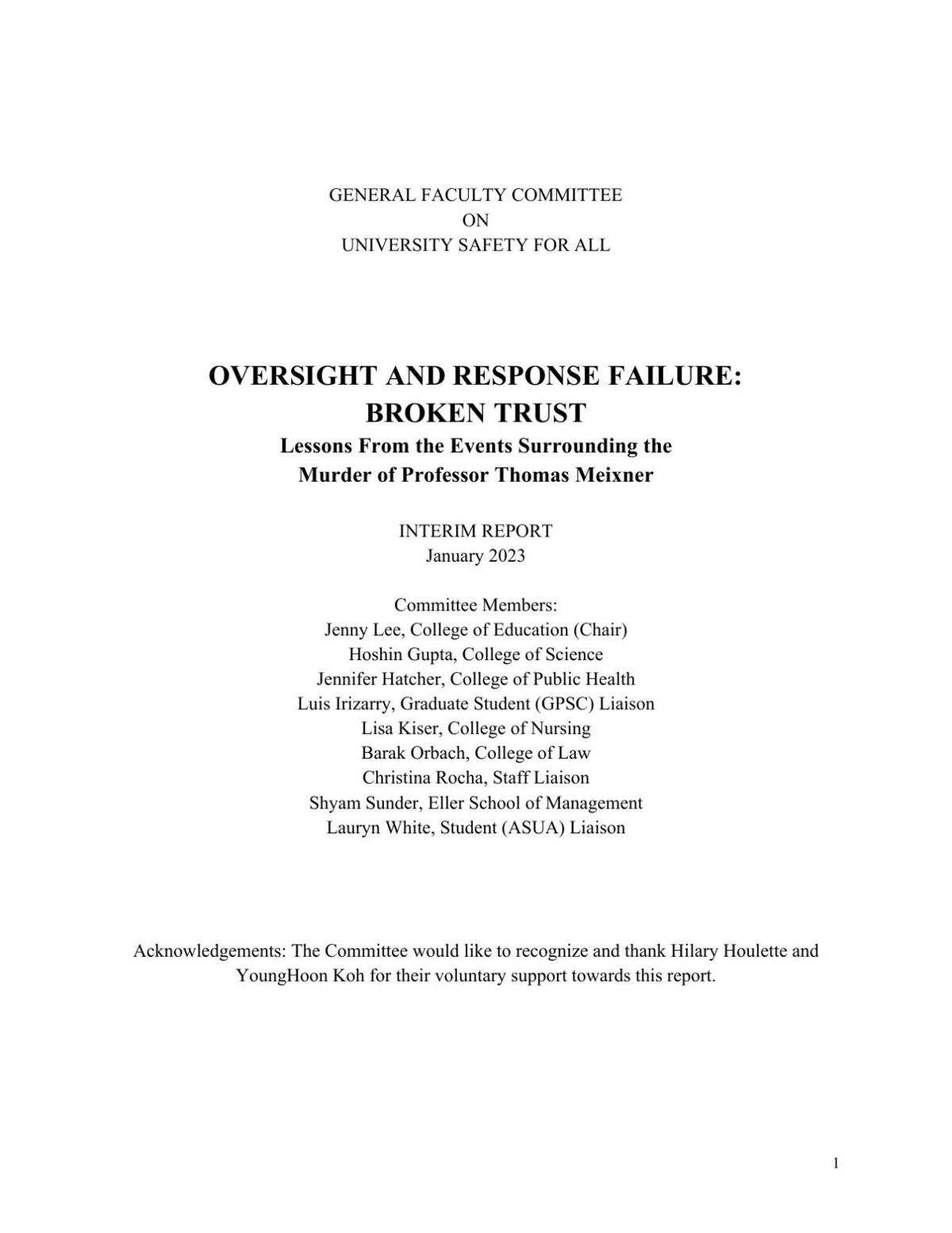The shooting death of Tom Meixner in a building on campus last fall revealed trust and communication failures in the University of Arizona’s safety protocols, according to an interim report by a faculty oversight committee.
“The committee finds that the university’s approach to violence risks established an administrative culture that consciously and consistently disregards employee and students’ safety concerns,” reads the report, which the committee released campus-wide on Wednesday morning. “Issues of safety must not solely be treated or communicated as random and unpredictable events that simply require more emergency preparedness.”
In October, Murad Dervish, a former graduate student in the hydrology and atmospheric sciences department who had been expelled and barred from campus, allegedly shot and killed Meixner, a professor, in the hydrology building. Police arrested Dervish hours later and he is being held in jail without bond on murder charges to which he’s pleaded not guilty.
Aside from the obvious shock of a public shooting, Dervish’s past criminal record and behavior leading up to the shooting — he sent multiple people in the department numerous disturbing messages and those victims repeatedly contacted university administrators and the UA Police Department to make him stop — left many in the UA community wondering what could have been done differently.
Since then, the UA has hired PAX Group, LLC, a crisis management consulting firm, to analyze the university’s campus safety protocols. UA President Robert C. Robbins originally said the report would be finished 75 days from the shooting, which would have been in late December, but it is still not released. When asked, the UA did not provide the Arizona Daily Star an updated timeline for the PAX report’s release.

Meixner
But at the same time that PAX has been working on its report, a committee (the General Faculty Committee on General Safety For All) composed of faculty, staff and students formed after the shooting, has also spent the last few months reviewing safety at the UA, independent from PAX. The committee interviewed students and faculty directly affected by the shooting in October, as well as other campus safety incidents, and also held eight listening sessions with various campus groups, including people from the hydrology department.
“We were quite surprised to learn that not only were units in the university aware of the threats against (Meixner) and his colleagues, but that they consistently sought help from these various units and the response was quite limited,” Jenny Lee, an education professor and chair of the committee, said. “If anything, this tells us ways that the institution may not be able to protect faculty, staff and students,” because even though “we are a large, well-endowed research university, we are also very decentralized in how we handle safety.”
Although the report released Wednesday is based on preliminary findings — the final report is expected by the end of this semester — it identified four “systemic failures” within the UA’s campus safety operation:
A chronic trust problem: “The lack of risk management system, a conscious disregard for violence risks, and the excessive bureaucratization did not establish the trust problem; they have contributed to the problem. In the opposite direction, the trust problem has compromised the university’s ability to address violence and violence risks.”
Lack of comprehensive risk management system: “The university does not have a central system to detect, monitor and address violence risks. Instead, responsibilities related to violence risks are allocated to multiple offices.”
Excessive bureaucratization and barriers to access to services: “Individuals coping with violence and violence risks must navigate through an intricate maze of websites, policies and procedures to find whether there is any office that might be able to assist them.”
Insufficient units to address safety concerns: The Threat Assessment and Management Team, which the UA created after the deadly 2002 shooting at the College of Nursing, “cannot replace the implementation of a comprehensive risk management system. However, the university has tasked this unit with such responsibilities that expand well beyond the scope of what the unit can manage.”
UA: report ‘misleading’
In response to those findings, UA spokeswoman Pam Scott said the report “represents the work of a subset of faculty that has reached sweeping conclusions based in large part on misleading characterizations and the selective use of facts and quotations.”
The university also questioned the methods the committee used to write the report.
“Although several university administrative and service units did meet briefly with the ad hoc faculty committee about general processes, they did not engage in detailed discussions about the events leading up to the October shooting as the report implies,” Scott continued in an email to the Star. “As we support this ongoing independent review spanning all aspects of campus safety and security — including violence prevention, threat assessment and public safety response — we have implemented and will continue to implement actions as appropriate.”
Although the university says it’s still awaiting the final PAX report, it has already made some campus safety changes, including requiring background checks for all graduate assistants, which Dervish was before he was expelled for unruly behavior.
But Lee and her faculty colleagues on the committee want to make sure that whatever additional solutions or changes the UA makes are equitable.
“It’s possible that a criminal background check for graduate students may prevent another Dervish,” Lee said. “(B)ut you don’t want individuals unfairly targeted at the same time. it’s a fine line in how we protect, but also make the campus still feel open and safe. That’s a bigger question.”
After the loss of University of Arizona professor Thomas Meixner, friends, family and the community gathered by Old Main to participate in a candlelight vigil. The ceremony included words from UA President Robert Robbins and Meixner's brother-in-law. Video by Pascal Albright/ Arizona Daily Star.









